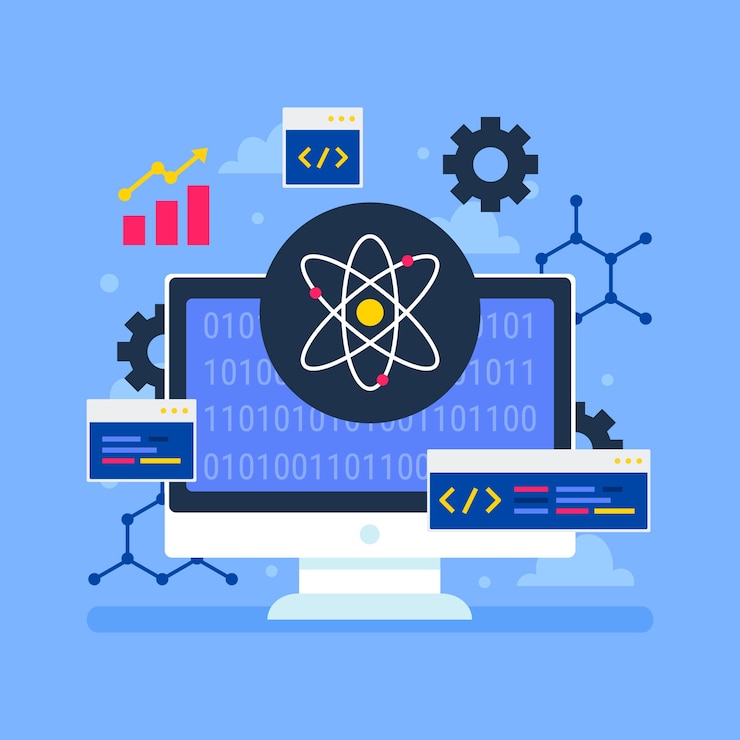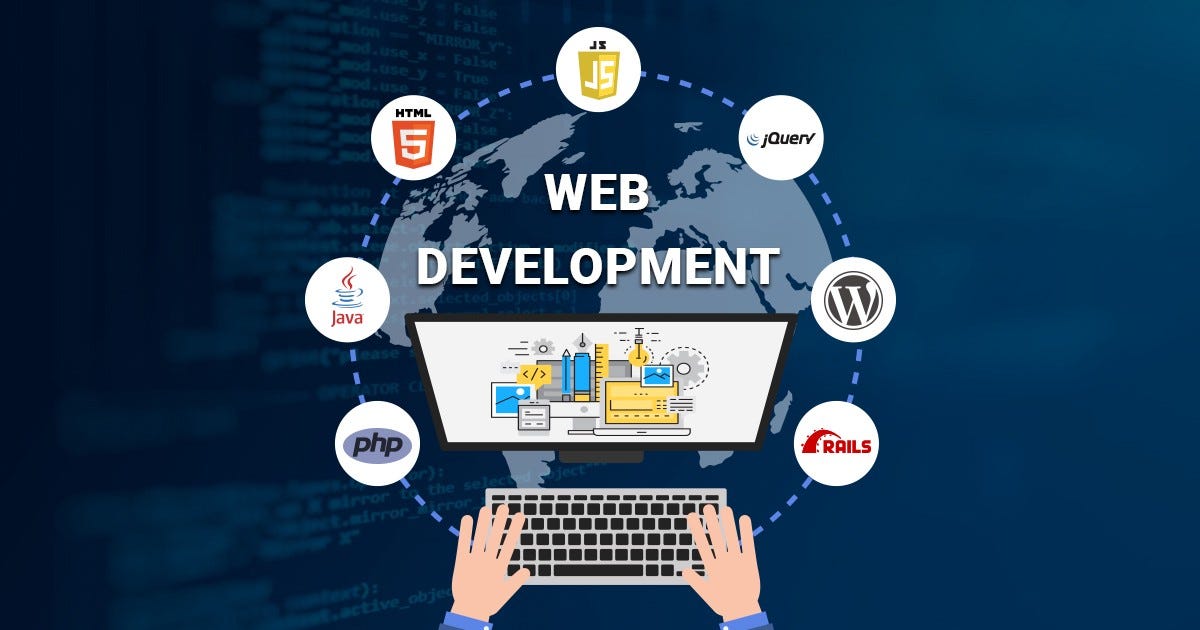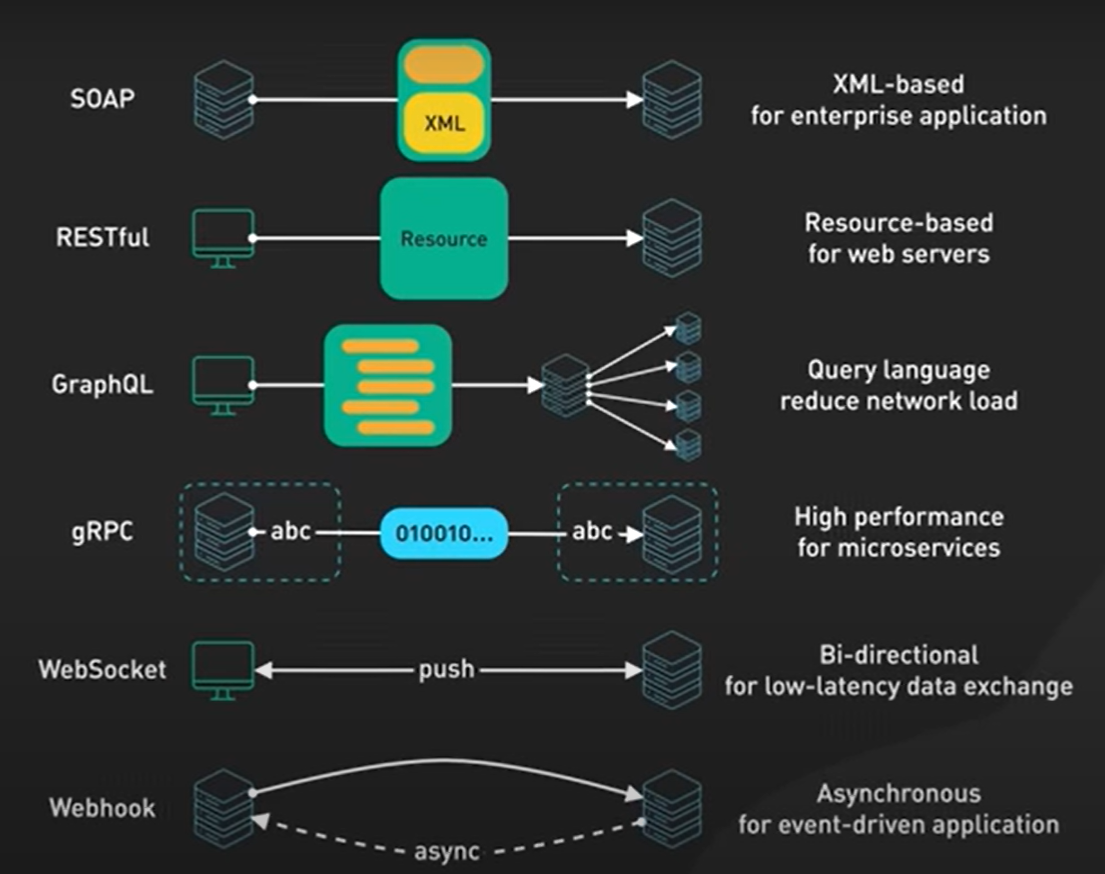Figma to Shopify Simplified: Build Your eCommerce Store Step by Step
Got a Figma design you’re dying to turn into a Shopify store? You’re in the right spot. This isn’t some tech maze—it’s a straight path to get your eCommerce idea live and selling. I’ll walk you through it, piece by piece, so you can see your vision come to life without breaking a sweat. Let’s do this.
Step 1: Perfect Your Figma Game Plan
Kick things off by fine-tuning your Figma design. Imagine shopping it yourself—does the homepage hook you? Are the product pages inviting? Does the checkout feel effortless? Get it dialed in now, and you’ll save headaches down the road.
Step 2: Find Your Shopify Match
Swing by Shopify’s theme stash. They’ve got freebies like “Narrative” or paid options like “Prestige”—choose one that echoes your Figma’s soul. Clean and simple? Go light. Big and brash? Pick bold. Set it up in your Shopify dashboard, and you’re off.
Step 3: Harvest Your Figma Bits
Crack open Figma and gather your tools. Export your logo, icons, or any visuals—keep ‘em sharp with PNG or JPG. Scribble down your fonts (think “Arial” or “Playfair Display”) and those color codes (like #2E86C1). It’s your cheat sheet for what’s next.
Step 4: Sculpt Shopify to Fit
In Shopify, hit “Online Store” and jump into “Customize.” Load up your images, punch in fonts, match those colors. Shuffle sections ‘til it’s your Figma twin—easy as pie. For a standout twist, like a slick nav bar, tweak the code a touch. It’s less scary than it looks.
Step 5: Fill It Up and Try It Out
Now, make it a store. Add products—pics, titles, prices—sticking to your Figma layout like glue. Test it yourself—toss something in the cart, zip through checkout. If it clicks, you’re golden. Shopify keeps this smooth and simple.
Step 6: Shine on Mobile
Phone shoppers are everywhere, so your store’s gotta look ace on small screens. Peek at Shopify’s mobile view. Text too puny? Bump it up. Pics off? Fix the fit. A mobile win keeps buyers around and boosts your search cred.
Step 7: Run It, Launch It, Own It
Play customer for a sec—click around, test the flow, feel the speed. All good? Smash that “Publish” button in Shopify. Just like that, your Figma creation’s a real store, ready to roll. You nailed it.
Extra Kick: Apps for Spice
If your Figma’s got flair—like a “Buy Now” popup—Shopify’s app store’s got options. Snag what fits, but don’t overdo it. Speed’s king for happy shoppers and higher rankings.
Why You’ll Love This
Flipping Figma into Shopify isn’t just a task—it’s your shot to build something real. You get a store that’s all you, no compromises, and it’s live faster than you’d guess. That’s the win.
Ready? Grab your Figma file and follow along. Your eCommerce dream’s about to hit the ground running—let’s make it happen.










